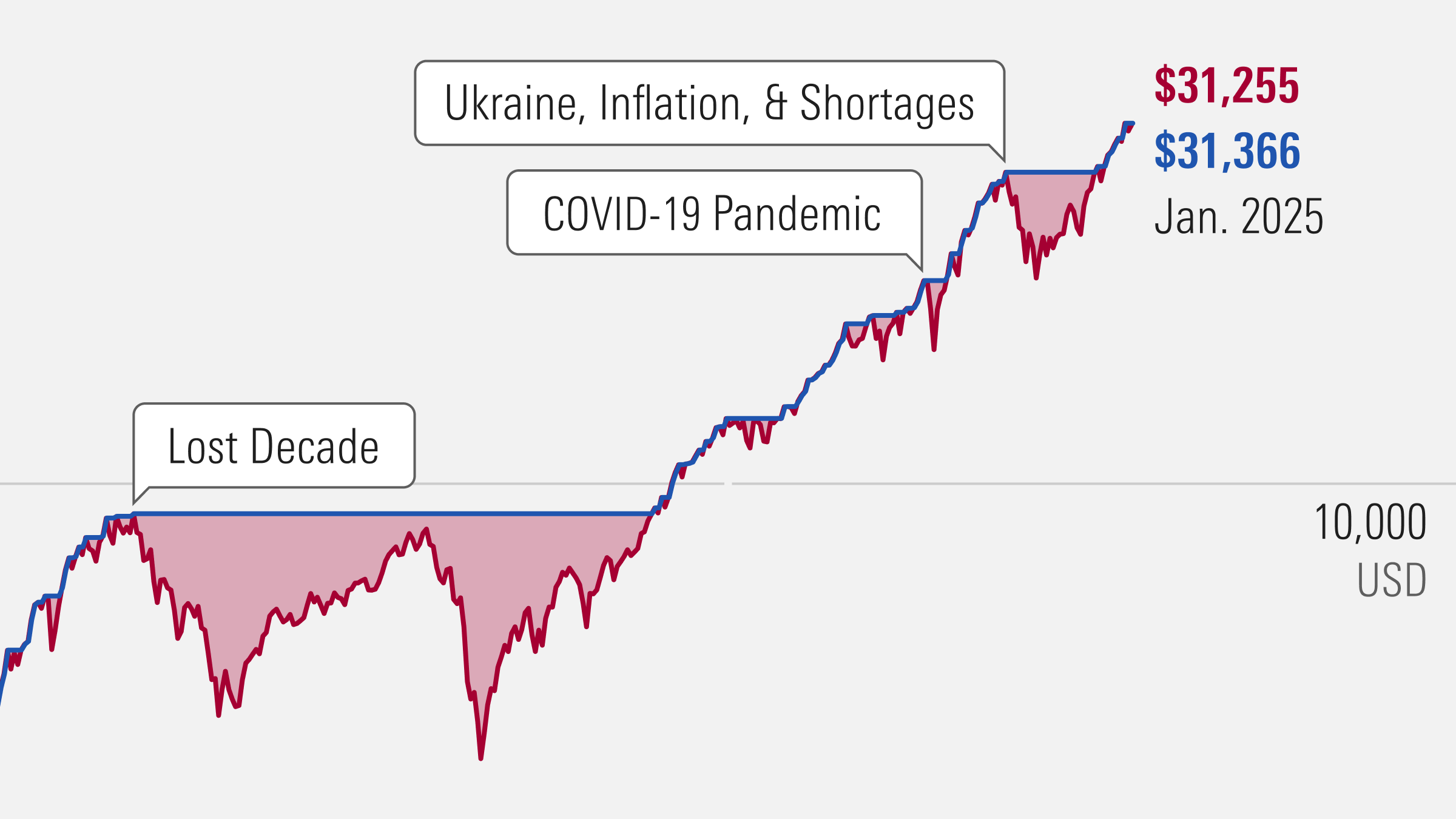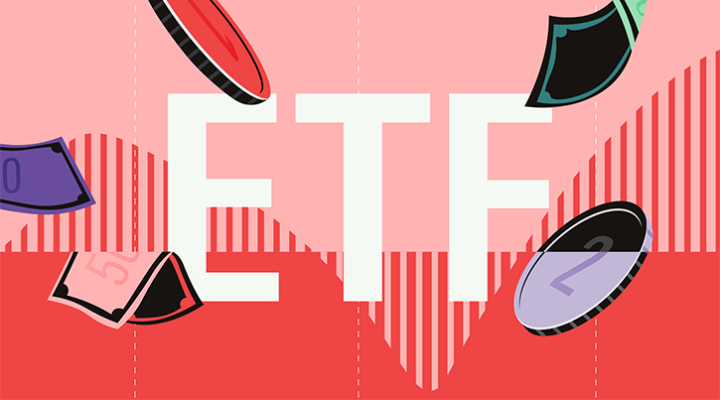Skittish European investors fled funds of all kinds in December 2011, completing a year to forget for the open-end funds industry. Long-term funds saw outflows of more than EUR 23 billion in December and EUR 119 billion in the year, Morningtar Direct Europe Asset Flows show. Unlike 2008 when investor assets shifted from stock and bond funds to money markets, in 2011 investor capital left funds altogether.
Out of Stock, But to Where?
Macroeconomic fears and market volatility scared investors away from equities, with nearly EUR 11 billion fleeing the broad asset class in December and nearly EUR 70 billion for the year as a whole. December's outflows were on par with outflows in October and November. It was the seventh straight month of outflows for the asset class.
In contrast to the U.S., where investors fled equities to the perceived safety of bonds, the eurozone crisis tarred fixed income funds for European investors. Almost EUR 7 billion left fixed income in December and EUR 44 billion over the course of the year. Most of that came from EUR bond categories.
As a broad asset class, money market funds saw the strongest inflows in December, with EUR 4.4 billion, but flows to short-term funds were still negative for the year. This makes 2011 quite different than 2008, when market turmoil sent EUR 155 billon of investor money into the perceived safety of money market funds.

A clear trend was visible within the money market space for December and the year as a whole. British pound and US dollar money market funds saw inflows, likely from investors fleeing the euro. Morningstar’s EUR money market-short term and EUR money market were the least popular money market categories for the year, with more than EUR 44 billion in outflows. This after money market funds as a whole experienced more than EUR 100 billion in net outflow during 2010.
Investors showed little love for alternatives funds in December, an asset class that can theoretically offer returns uncorrelated with market movements. Investors removed more than EUR 3 billion from funds in Morningstar’s 22 Alternatives categories in December.
Guaranteed funds were especially unpopular in December and for the year.
Investors Bid Adieu to French Houses
At the fund family level, French behemoths BNP Paribas and Amundi both saw organic declines in the double digits for 2011. BNP Paribas’s EUR 930 million long-term outflow in December capped off a year of more than EUR 22 billion leaving its funds. EUR 11 billion of that amount exited its money market funds. Amundi's outflows of EUR 4 billion in December brought its losses for the year to a similar level, and with a similar proportion lost from its money market offerings as BNP. French investors had several reasons to abandon money market funds. French banks boosted interest rates on deposits in an effort to shore up their balance sheets. New European regulation has also forced money market funds to become more conservative, improving their safety but denting their yield potential.
The Americans Hold Firm
Europe's largest and third largest fund companies, JP Morgan and BlackRock, retained their positions in 2011 mostly due to their US dollar and British pound money market businesses.
For 2011 as a whole, Franklin Templeton still looks like the big winner among Europe’s largest fund families with organic growth of more than 14%. But momentum slowed going into 2012, as the twin engines of Franklin’s European growth—Templeton Global Bond and Templeton Global Total Return—sputtered in December and for the fourth quarter as a whole. European investors took nearly EUR 1 billion from the former and EUR 500 million from the latter during the last three months of 2011, though the two funds still managed to end the year with more than EUR 11 billion in new European money.

Pockets of Equity Fund Strength
Funds in Morningstar’s global large-cap value equity category captured significant investor interest in December and took in EUR 2 billion in 2011, making it the most popular equity-focused category. Funds including M&G Global Dividend, Veritas Global Equity Income, Newton Global Higher Income and DWS Invest Top Dividend likely benefited from their perceived safety (portfolios heavy on global blue chips) and their focus on income in a yield-hungry environment.
Morgan Stanley INVF Global Brands was Europe's most popular equity focused fund—both for December and for 2011 as a whole (up EUR 1.7 billion). The fund, whose founding manager Hassan El Masry, departed in February 2009, posted an exceptional 2011, on both an absolute and relative basis, thanks to its exposure to non-cyclical, cash generative businesses, especially in the tobacco industry.
Allocation funds M&G Optimal Income and Newton Real Return enjoyed good Decembers and finished 2011 with roughly EUR 5 billion combined in new investor money—making the allocation asset class the only broad asset class in positive territory for 2011. Both funds have sterling track records, evidenced by their 5- and 4-star Morningstar Ratings, respectively. The funds' respective Morningstar Analyst Ratings of silver and bronze reflect our fund analysts’ positive views of these offerings.
The figures in this report were compiled January 18, 2012. Over 27,000 of 31,000 funds that Morningstar tracks from 1,100 fund companies (branding names) across 29 domiciles are included. A significant proportion of assets from notable groups are not included: Nordea, Standard Life, BlueBay, and Santander, because their 31-Dec-2011 assets were not provided by the data compilation date.
























